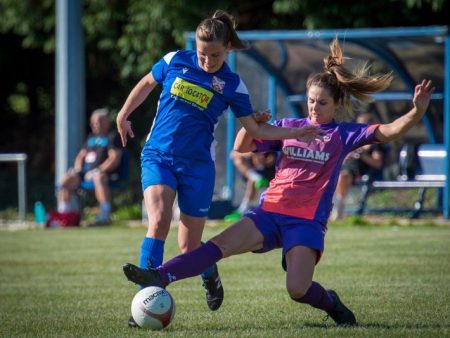About Scotland League Two
The cinch League Two, formerly known as the Scottish League Two, is the fourth division of the Scottish Professional Football League, which organizes league competitions for men’s professional football clubs in Scotland. It came into existence in July 2013, following the merger of the Scottish Premier League and the Scottish Football League.
Starting from the 2014-15 season, the team that finishes at the bottom of the league table enters a playoff against the winner of a playoff between the champions of the Highland and Lowland Leagues. The victor secures a place in the Scottish League Two for the upcoming season.
This system ensures that the competition remains highly competitive, as every team must fight hard to maintain its position in the league. Furthermore, the inclusion of the Highland and Lowland Leagues brings in more teams from across Scotland, adding to the diversity of the league.
As a result, the Scottish League Two provides an exciting platform for up-and-coming players to showcase their skills and work towards a future career in professional football. It also offers fans an opportunity to witness thrilling matches and support their favorite teams.
Format
In this particular format, teams are rewarded three points for each win and one point for a draw, but they don’t receive any points for a loss. The team’s ranking in the league is based on the total number of points they accumulate, followed by their goal difference, and then the number of goals they score. At the end of every season, the team with the highest points is declared the league champion. In the case of a tie, the team with the superior goal difference wins. However, if the tie still persists, a playoff match will be held at a neutral venue to decide the final rankings.
Promotion and Relegation
In Scottish football, promotion and relegation are significant events that determine the fate of clubs in the league system. The champion team of the Scottish League Two is automatically promoted to the Scottish League One, while the bottom-ranked club of League One is relegated to League Two.
For teams finishing second, third, and fourth in League Two, as well as the ninth-placed team in League One, they enter into a two-legged League One playoff. The second-placed League Two club competes against the third-placed League Two club, and the fourth-placed League Two team faces the ninth-placed League One team. The winners of these matches advance to the next round, with the final victor being promoted to League One. If a League Two club wins the playoff, they replace the relegated League One team, and if the League One team wins, they retain their spot in League One.
Since the 2014-15 season, the team finishing at the bottom of League Two enters into a two-legged playoff with the winner of the Pyramid playoff. The Pyramid playoff consists of the champions from the Highland League and Lowland League competing against each other. If the winner of the Pyramid playoff defeats the bottom-ranked team of League Two, they earn promotion to League Two. In contrast, the bottom-ranked team is relegated to the regional league they had chosen before the start of the season. However, if the League Two team wins, they keep their spot in the next season’s competition.














